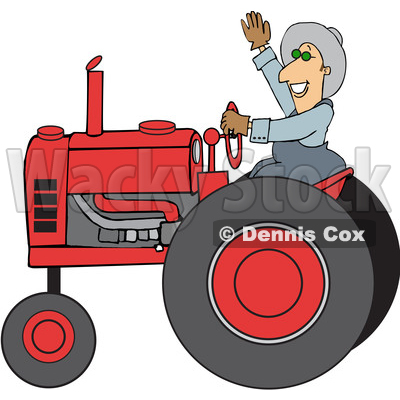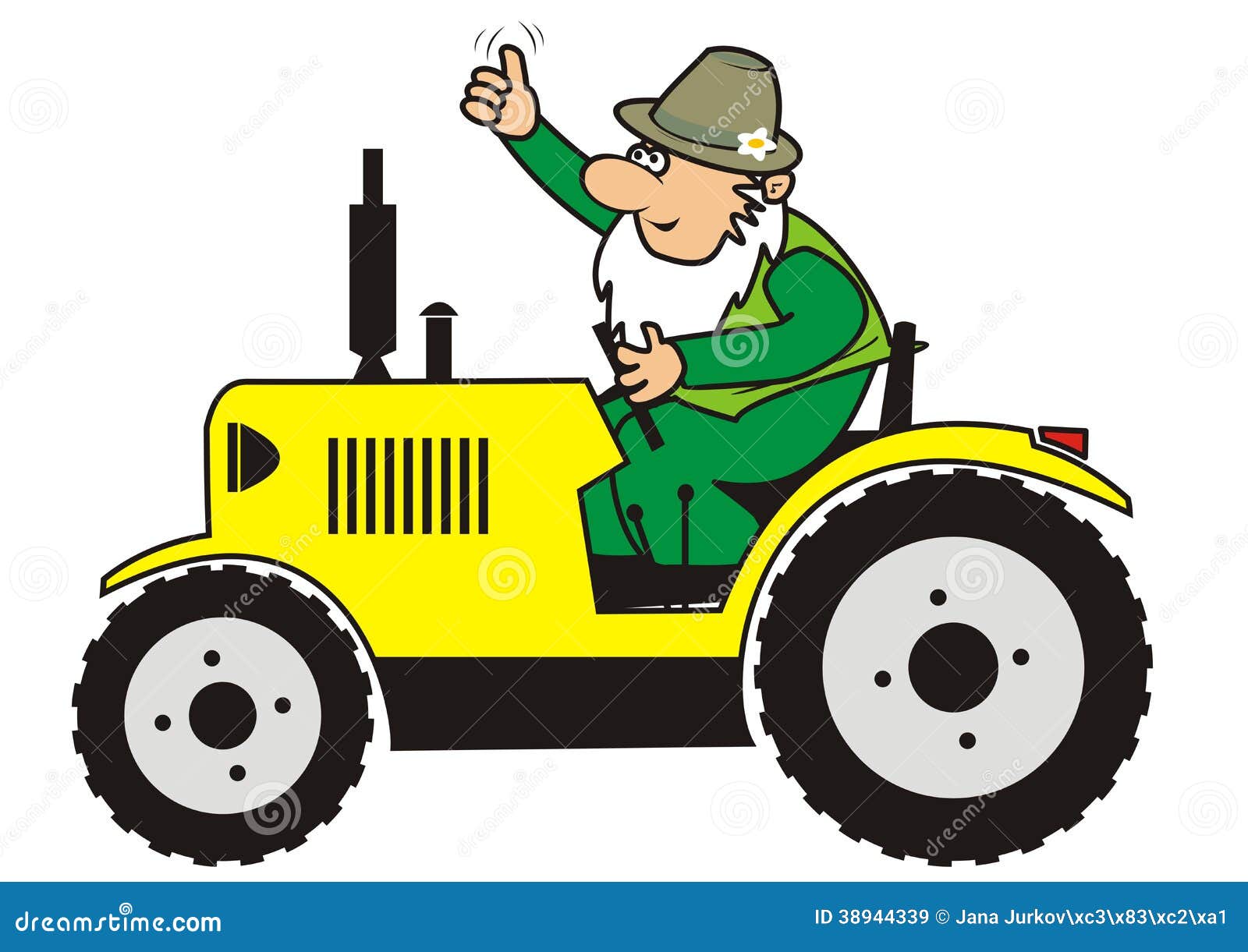

“Down at Valparaiso, Indiana, a power farming dealer ahead of his time sold and stocked threshing machines when 95 per cent were sold direct out of branch houses, with implement dealers cutting in only as bird dogs. and its history before making the following comments about a Happy Farmer he recalled: “The Reflector has a vivid memory of one bedraggled, wobble-wheeled, aged Happy Farmer. “After the sale Dad took us all to town for a gallon of ice cream.” More storiesīaker then described the Lacrosse Co. The writer then revealed the reason a 6-year-old would remember this so clearly after all these years. Believe me, that tractor was a marvel indeed.” “I remember vividly how he used to lock one wheel and spin the tractor around in its length to sell farmers on its maneuverability.


“About 1916 when I was a boy of 6 living on a farm near Ohio, Illinois, my father demonstrated and sold a line of tricycle type tractors called the Happy Farmer. Baker, Jr., who penned a column called Reflections in Implement & Tractor magazine for many years, printed a letter in a 1962 issue that he’d just received from an IHC employee: The deal fell through, however, and by 1922 the Happy Farmer was no more.Įlmer J. The agricultural depression that hit the country after WWI hurt the company and it was announced in 1921 that Oshkosh Tractor Co. The 1919 models were the similar 12-24 Model F along with the Model G, that differed only in having a wide front axle and two front wheels. in LaCrosse, Wisconsin.Ī year later, Sta-Rite and Happy Farmer merged and a new firm, the LaCross Tractor Co., was incorporated in LaCrosse, although they retained the Happy Farmer name for their products.īetween 19, Happy Farmer offered the 8-16 Model A and the 12-24 Model B, each with a LaCrosse horizontal two-cylinder engine. and the next 1,500 by Sta-Rite Engine Co. The first 500 Happy Farmers were built by Wilcox Motor Co. This rig looked like a twin of the non-Henry Ford tractor that was pretty much just a scam to sell company stock.Īnyway, Lyon sued Lion Tractor and Hartsough, so they parted ways in about 1915.Įver busy at his drafting table, Hartsough then designed another three-wheeled tractor with two equally sized drive wheels at the rear and in late 1915 he started the Happy Farmer Tractor Co. Hartsough had problems with Lyon over a two-wheeled tractor that Lyon thought was designed for Bull but that Hartsough had sold to the Lion Tractor Company, also of Minneapolis. This caused problems, and the Big Bull never quite overcame the bad reputation of its predecessor, so the Bull firm was bankrupt about 1920. No locationīull never had a factory of their own and contracted the building of their tractors to other companies. Unfortunately, the Little Bull was underpowered and had a tendency to tip over to the right.Ī larger version, called the Big Bull, was introduced in 1915 as a 7-20 hp and Hartsough patented a propping arm attachment for the right side that would swing out if the tractor leaned too far and keep it from tipping over. The Little Bull sold for just $335 and farmers snapped them up as fast as they could be built, with close to 4,000 sold in the first eight months or so.

in Minneapolis in 1914 and brought out the Little Bull, a 5-12 hp machine with a two-cylinder opposed engine sitting amidships. Lyon and Hartsough organized the Bull Tractor Co. A single front wheel ran in front in the furrow and steered the thing. One of these enlightened men was Hartsough, who designed a lightweight three-wheeled machine with a high rear driving wheel on the furrow side and a small balancing wheel on the land side. Change of directionīy the second decade of the twentieth century it had become obvious to some people that farmers wanted smaller, lighter, and more agile tractors than the heavy steam and gas models then available. A couple of years later the company name was changed to Gas Traction Company and was sold to Emerson-Brantingham in 1912. Lyon.Ībout 1906, Lyon and Hartsough started the Transit Thresher Company in Minneapolis to make the tractor, which was called the Big 4 and lived up to its name - it was big. Maurice Hartsough, who began experimenting with gas tractors as early as 1899, built several one-cylinder tractors, all of which were failures, before coming up with a four-cylinder version that was good enough to interest financier Patrick J. Pleasant, Iowa, and I’ve heard from more than one source that the only two times the owner of a Happy Farmer tractor was really happy was on the day he bought it and on the day he sold it.ĭ. I’ve seen a Happy Farmer tractor at the show in Mt.


 0 kommentar(er)
0 kommentar(er)
